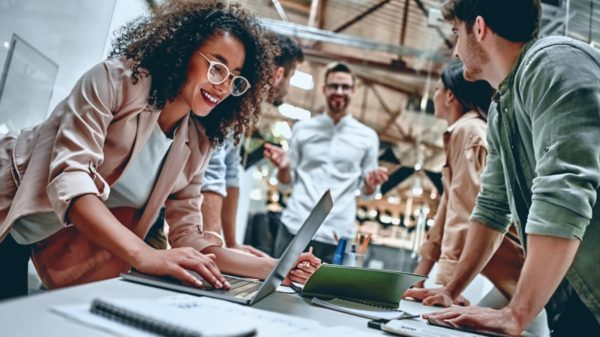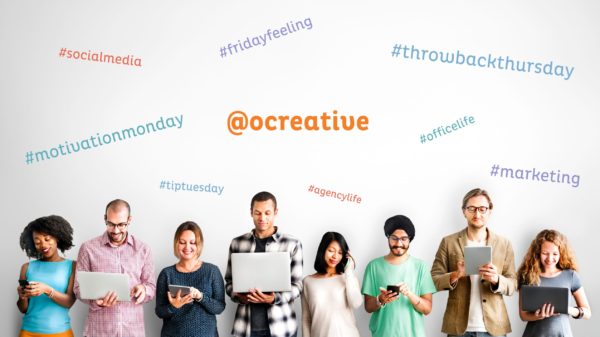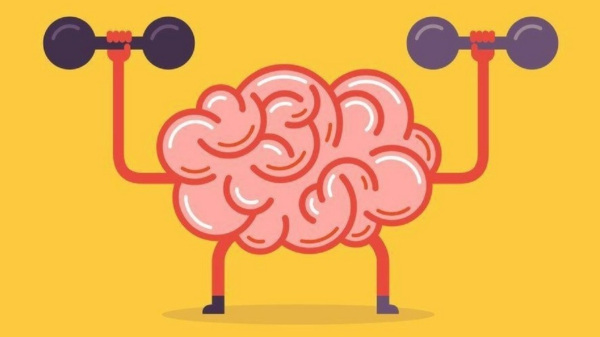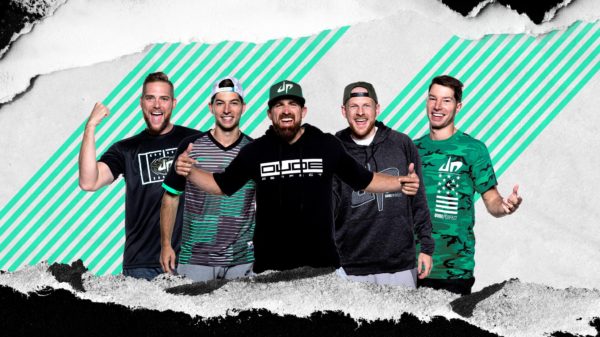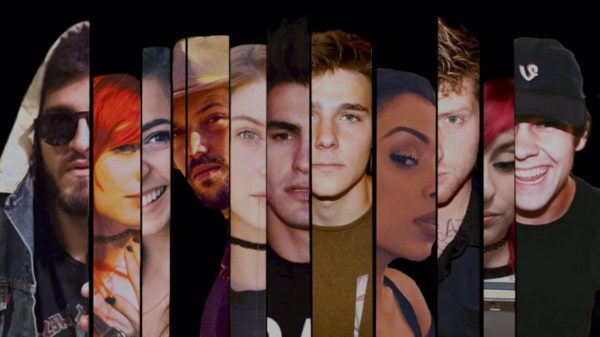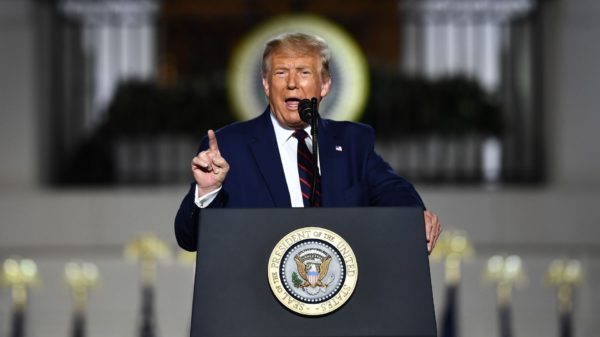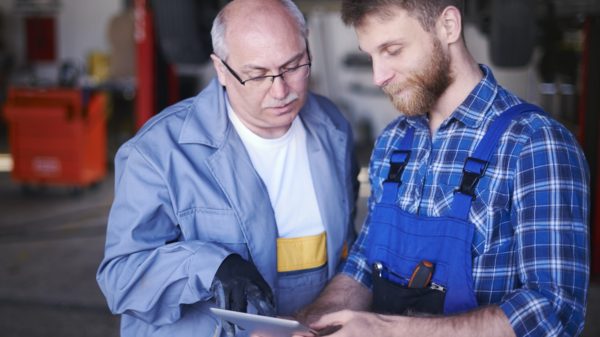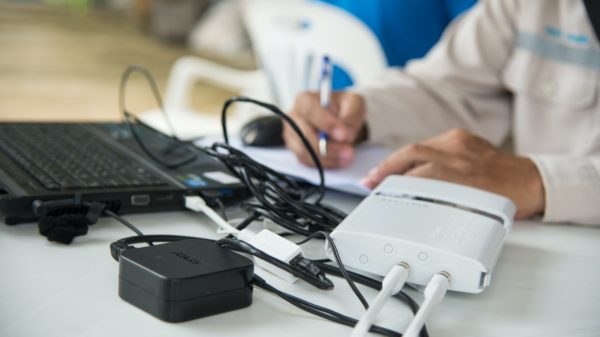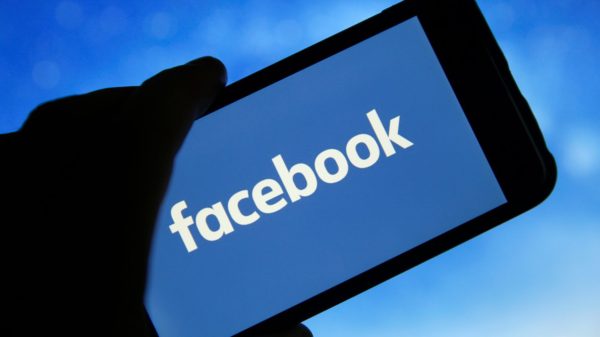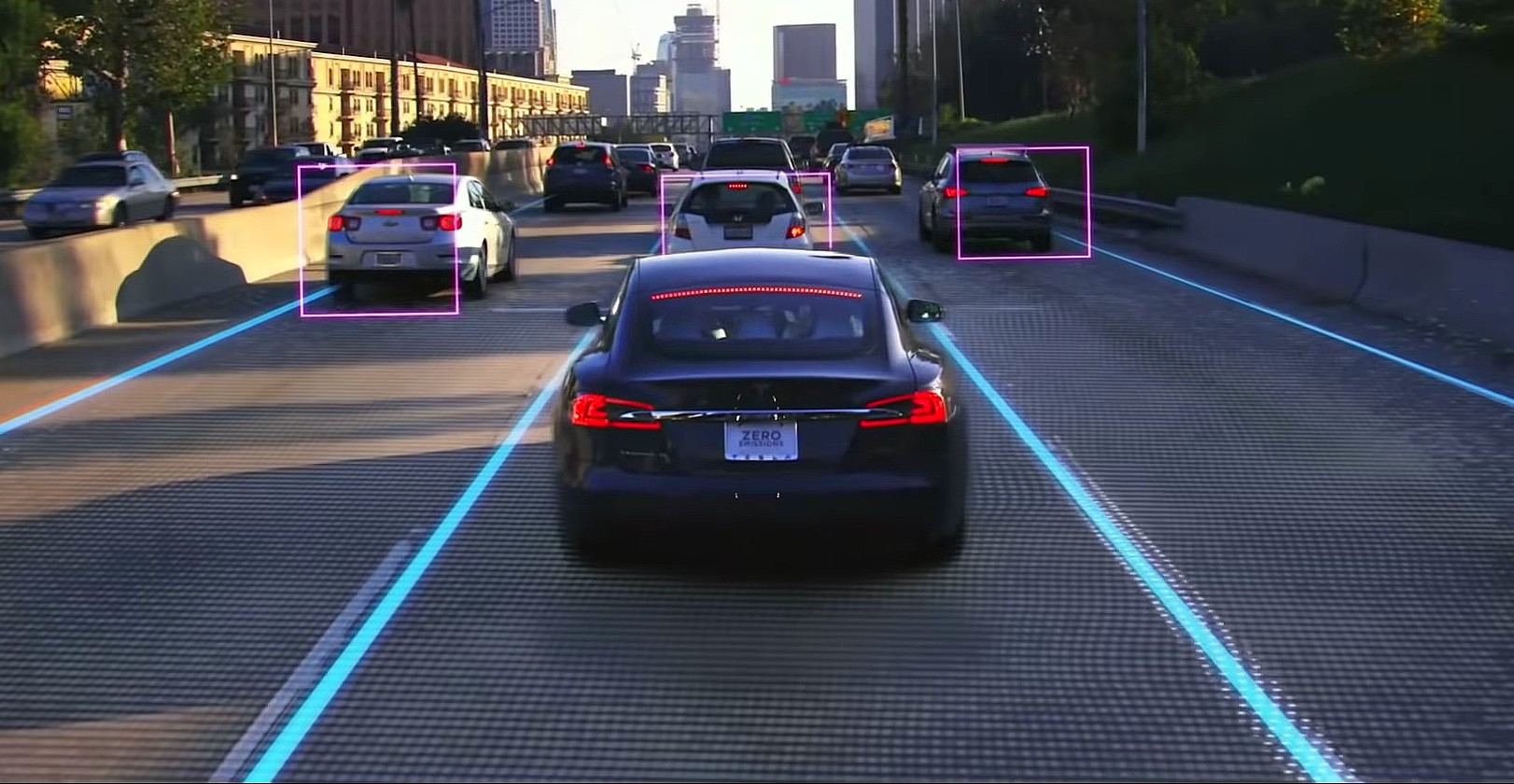When thinking of AI, Machine Learning, and the auto industry, one name quickly pops into mind: Tesla. This electric vehicle company that has Elon Musk in the driver’s seat (car pun intended) as the CEO has made huge strides in their technology. Let’s take a look at just how Artificial Intelligence and Machine Learning have changed not only the cars themselves, but the auto industry as a whole.
The Early Stages
2014 was when Tesla first started to push out their “Tech Package” which they used to gather data from the cameras and sensors on the car, as well as be an additional safety feature as the car could warn drivers of potential collisions. For a low, low price of around $4500, customers could have this feature added to their brand new Tesla. Using big data analytics, Tesla was able to better design features that they later rolled out.
Deploying Such Advanced Technology Isn’t An Easy Task
In recent years, it’s been a slow progression in how much AI is incorporated. According to a Capgemini report, only 10% of those surveyed reported that they were deploying AI across their entire organization. That’s a relatively small amount, compared to how fast AI has taken off in the Healthcare and E-Commerce industries. For Tesla, Musk had previously been optimistic in that the cars could self-drive by 2019 according to Business Insider. The AI collects data on the driver’s habits over time and this allows for improvements on the technology. However, it’s now 2020, and that date has been pushed to the end of the year. Combining Artificial Intelligence with Machine Learning, Tesla can develop safer technologies for their drivers.
More Than Just Self-Driving
Artificial Intelligence and Machine Learning are being used in more ways than simply the self-driving function in cars. Henry Ford first revolutionized the way cars were built with his factory assembly lines. Nowadays, auto manufacturers still use assembly lines, but the workers look a little different. Tesla’s manufacturing plants are one of the most technically advanced factory processes. How is it so? A lot of automation, powered by AI and Machine Learning. According to Wired, the assembly line is occupied by robots, and each step is completed by them. Now, automation in the auto industry isn’t new, but the processes that Musk utilizes is definitely distinctive.
Impact On Jobs
Now one of the big concerns about incorporating AI and ML into the automobile manufacturing process is potential job losses. However, in the long run, these technologies aren’t taking away jobs. It is a tool that an organization has to adapt to make it more efficient. AI is most effective when it’s a human/machine combination, rather than simply letting the machines run. According to Forbes, a more widespread current implementation of AI in the auto industry is for Prototyping, Modeling and Simulation, Sales and Marketing, and Quality Control. More positions are opening up in the tech field, such as data analysts, programmers, all the people behind the technology that makes AI and ML such a powerful tool.
Who knows, autonomous cars may become the norm in the near future. Given all this, it’s pretty much safe to say that Tesla is making ground-breaking changes to the industry, and AI combined with Machine Learning will be one the keys to their success.
Opinions expressed by AsianBlurb contributors are their own.

Francisca Li (born 9/15/2001) is a student at the University of Texas at Dallas studying Business with a concentration in IT and Finance. She is a freelance graphic designer and branding expert as well as a co-founder of Orenda Change.

